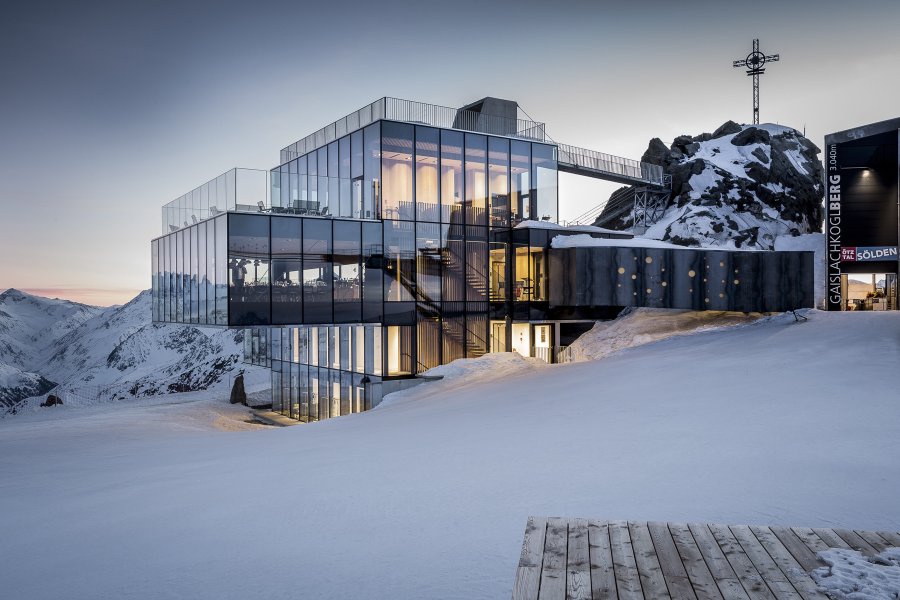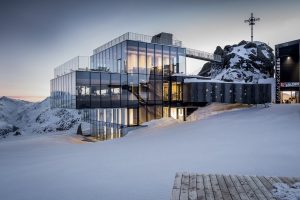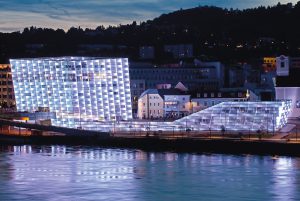From Sand to Art: The Intricate Journey of Glass Manufacturing
Welcome to WordPress. This is your first post. Edit or delete it, then start writing!
Glass manufacturing is a complex and fascinating process that dates back thousands of years, originating in ancient Mesopotamia and Egypt. Today, the industry has evolved into a sophisticated, high-tech field involving intricate chemical and physical processes.
The production of glass begins with the raw materials, primarily silica sand (silicon dioxide), soda ash (sodium carbonate), and limestone (calcium carbonate). These materials are carefully measured and mixed with recycled glass, known as cullet, which helps lower the melting temperature and reduces energy consumption.
The mixture is then fed into a furnace, where it is heated to temperatures exceeding 1700 degrees Celsius (3092 degrees Fahrenheit). At these extreme temperatures, the raw materials melt and fuse to form molten glass. The molten glass is a glowing, viscous liquid that can be shaped into various forms.
For products like bottles and jars, the molten glass is blown into molds using compressed air. This process, known as blow and blow, involves forming a bubble of glass inside the mold, which is then expanded to fill the mold’s shape. Another method, called press and blow, uses a plunger to press the molten glass into the mold before blowing it to the desired form.
Annealing is a crucial step in glass manufacturing. After shaping, the glass is gradually cooled in an annealing lehr, a type of oven that slowly reduces the temperature to relieve internal stresses. Without this process, the glass would be brittle and prone to cracking.
The final step involves inspecting and finishing the glass. Advanced optical and mechanical inspection systems detect defects and ensure quality. The glass may also undergo additional treatments, such as coating with reflective or anti-glare materials, or being tempered to increase its strength.


